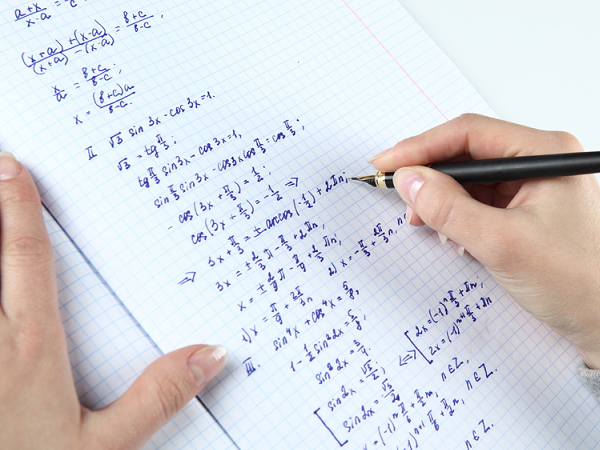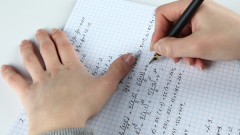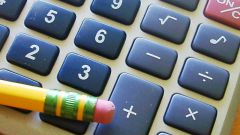Instruction
1
There are two ways to estimate the error of measurement: interval and point. This is due to the degree of reliability that you want to set. The first method involves finding the confidence interval, which obviously will block actual value of the measured parameter or its mathematical expectation.
2
The confidence interval represents the interval of possible values, i.e. a subset of the elements of the sample. The boundaries of the interval are called the confidence limits are on certain formulas. For example, the mathematical expectation they will be equal to:khsr – t•σ/√N < M(x) < khsr + t•σ/√N where:khsr – the arithmetic mean of the sample;σ – standard deviation;M(x) is the mathematical expectation;N is the sample size;t is the parameter of the function Laplace.
3
In the above formulas are two kinds of point of error: the standard deviation and mathematical expectation. They represent some value that is a measure of the deviation of the calculated values of a random variable from its true value. This is different from interval estimation, which involves a whole range of possible errors. The degree of reliability falling within this range is determined by the Laplace function.
4
The standard deviation, in turn, is calculated by three methods, the most common of them – classic, using the sample mean:σ = √(∑(XI – khsr)2/(N - 1)), where XI are the elements of the sample.
5
Mathematical expectation is the value, around which are distributed the elements of a sample. I.e. is the average of the expected values that can take the random variable. To calculate this kind of variation, you need to make sets of samples and their probabilities array of works of their couples and make all of the elements of the array:M(x) = Σхi•pi.
6
To determine another point , the error of measurement, variance, need to take the square root of the standard deviation or use the following formula relative to the expected value:D = (x – M(x))2 = Σpi•(XI – M(x))2.





